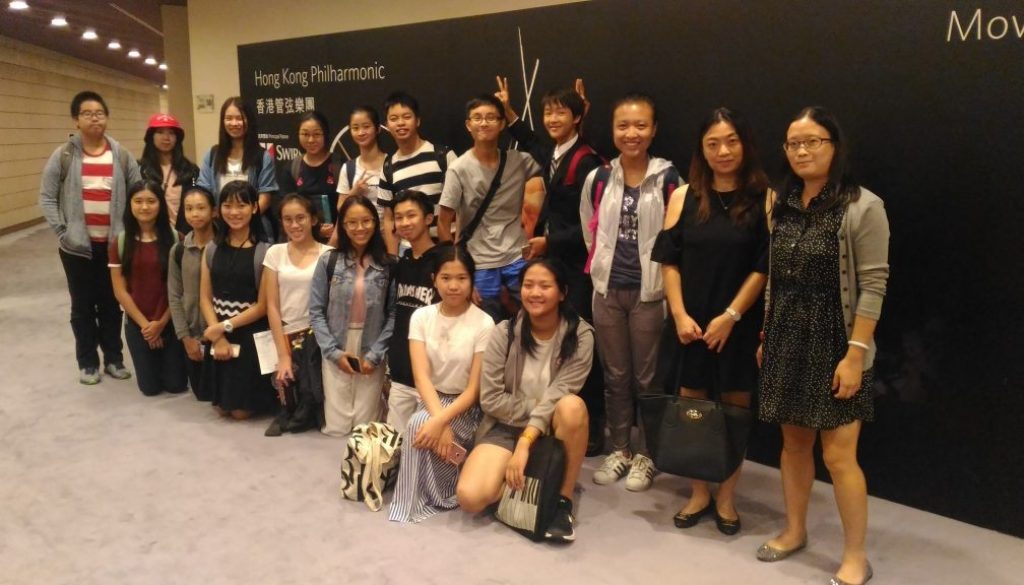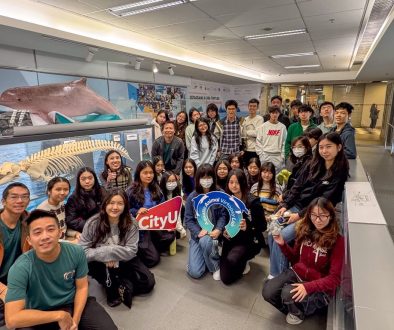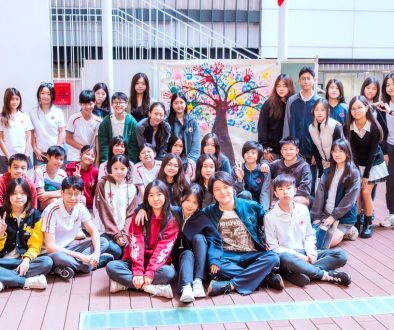Edo De Waart, John Adams and Brahms: A Review

Lau Tin Yam S4R
On the 14th of September, 2018, I went to see the concert “Edo De Waart, John Adams and Brahms”, featuring guest conductor Edo de Waart, guest performer Timothy Mcallister, and the HK Phil, at the Hong Kong Cultural Centre, Tsim Sha Tsui. The concert lasted for around 2 hours, including a 20-minute intermission, and a total of 3 pieces were played, including Rossini’s William Tell Overture, Adam’s Saxophone Concerto, which was also making its China premiere, and Brahms’ Symphony No.2 in D major, op. 73.
The first piece played was Italian composer Gioachino Rossini’s “William Tell Overture”. The piece first starts out with a brief solo by the cellos in e minor, which then develops into the first theme in E major, which is also led by the cellos. Throughout the first theme, the overture was depicted as being graceful, calm and “beautiful”, as the theme slowly modulates from E major/minor to G major, and the effect is brought out by the woodwinds, usually by the flutes and the oboes, and a solo by the piccolo. Suddenly, the trumpets enter with the familiar tune of the storm (in B Major), and the overture soon descends from a warm, calming sunset into a strong, thunderous storm, the theme that most of us should be familiar with. The theme of the storm was probably one of my favourite pieces.
Next, came the piece that we are all excited have all been waiting for: The Saxophone Concerto by John Adams, an American Composer, which was about to have its very first China Premiere, and was also played by the guest performer, Timothy Mcallister. Mcallister was also the saxophonist who was involved in the world premiere of this piece in Sydney, back in 2013! The first part begins with a somewhat funky and more animated style(suave), with Mcallister mostly taking the lead. As opposed to other concertos, Mcallister seems to take the lead for most of the piece, while a traditional concerto would have more time for the orchestra to play and “shine”. While the second part is somewhat similar with the first, the style appears to be more of a hard, driving pulse compared to the first. (Molto Vivo). However, as I am not really used to 20th century music (which I will explain more below), I personally did not find much of a difference between the two parts. On the other hand, the “playful” character of the saxophone was definitely portrayed well by Mcallister; with his continuous swinging motions of his arms and the occasional moving of his chest forward, it is definitely an entertaining piece for me.
From my personal experience, while I am personally not a fan of 20th century music, in which I am not really used on listening to, the Saxophone Concerto has probably opened up my mind and perspective slightly on this genre of music. Since I mostly listened to more “classical” styled pieces, such as Baroque and Classical, I didn’t really know much about 20th century music, as it had a completely different style and mood applied to it. At times, it could be played in a somewhat similar manner to a more romantic-styled piece, or it could be played in a more abrupt style with a unclear tonality. I personally do think that the Saxophone Concerto was able to pace way for my “growing” interest in 20th century music, and has definitely persuaded me to learn more about this period. Another thing that is personally worth mentioning is the appearance of the Saxophone in this concert. Just like my familiarity with 20th century music, I usually don’t see the saxophone having much action as a whole, possibly because of my familiarity with a more classical/romantic orchestra style. Nonetheless, the saxophone is definitely an interesting instrument, from the complex system to the body movements excreted when the saxophone is played, it is definitely an interesting instrument for me to learn more.
As such, this concert is definitely among the more interesting types of performances I have seen and has definitely opened my interest in 20th-century music.



